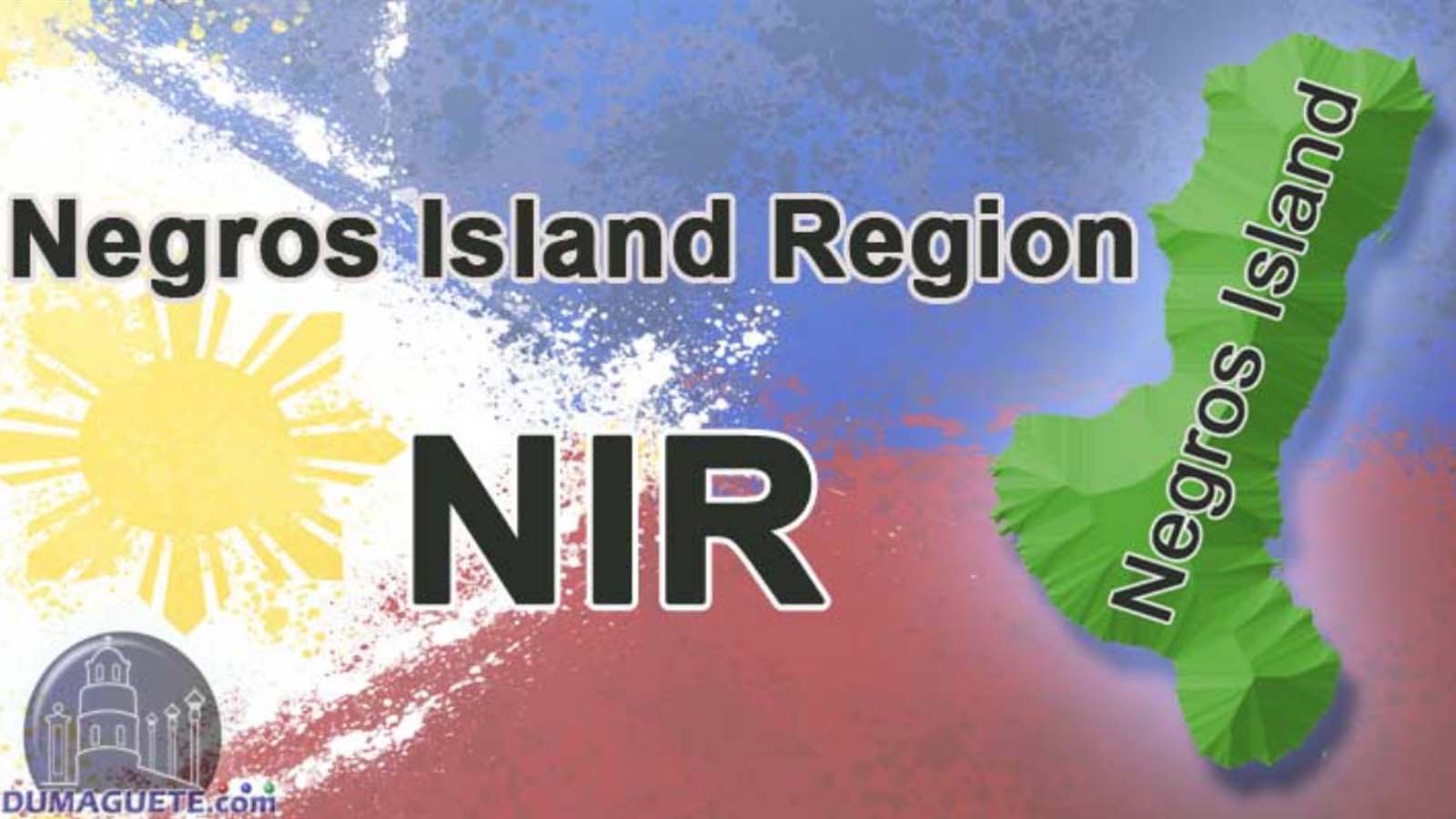President Marcos signs Negros Island Region – NIR into Law
President Ferdinand “Bongbong” Marcos Jr. has officially enacted a law to establish the new Negros Island Region (NIR). This significant legislative measure, Republic Act No. 12000, became official on June 13. The new region will encompass Negros Occidental, Bacolod City, Negros Oriental, and Siquijor.
Prior to this law, Negros Occidental and Bacolod City were part of the Western Visayas (Region 6), while Negros Oriental and Siquijor fell under the Central Visayas (Region 7). This reorganization elevates the total number of regions in the Philippines to 18.
In his statement, Marcos emphasized the practicality and overdue nature of this union, highlighting how it will benefit the inhabitants of Negros Island. They were previously governed under different administrative regions.
“This union is long overdue and makes very practical sense, especially in the Negros Island, where people are located on one island but are governed under separate administrative regions,” Marcos said.
As part of this new legislation, a technical working group will be formed. This group will be responsible for establishing institutional arrangements. It is also in charge of handling organizational staffing, managing budgeting, and addressing other development requirements.
2nd attempt to build Negros Island Region – NIR
The creation of the NIR has a historical precedent. In 2015, former President Benigno Aquino III initially established the NIR by merging the two Negros provinces under Executive Order 183. However, this region was later dissolved by his successor, President Rodrigo Duterte, due to concerns about the need to adequately fund priority government programs and projects.
The dissolution of the NIR under Duterte’s administration led to various inefficiencies, especially regarding access to government services that were situated on different islands. This geographical separation created challenges for residents who needed to travel to different administrative centers for services.
Marcos pointed out that the previous setup contributed to financial disparities and uneven development among the provinces. These provinces share natural resources and industries such as sugar, tourism, and renewable energy. By creating the NIR, the government aims to address these issues and promote more balanced growth.
“The two provinces share similar resources and industries. This new region will create a bulwark for growth and allow for more efficient service delivery,” Marcos said.
In March, the Senate approved the bill, and the House of Representatives adopted their version in the same month. This legislative support underscores the importance and broad consensus on the need for the NIR.
The formation of the NIR is expected to facilitate more cohesive regional development and improve the efficiency of service delivery to residents. It marks a significant step towards addressing long-standing administrative and developmental challenges faced by the provinces on Negros Island.
The long journey to Negros Island Region – NIR
The journey to establish the Negros Island Region – NIR on the Philippines’ administrative map has been marked by decades of perseverance, struggle, and political maneuvering. This historic legislative victory promises to transform the future of the region.
The concept of the NIR began in the mid-1980s, spearheaded by former Negros Occidental governor Daniel Lacson and the late Negros Oriental governor Emilio Macias II. They believed it was illogical for Negros Occidental and Negros Oriental to be geographically united yet separated by administrative boundaries.
Former Negros Occidental governor Rafael Coscolluela, a pivotal figure in the NIR’s creation, recounted the initial challenges faced. “The concept was initially met with skepticism and even resentment,” Coscolluela remembered. During an initial joint meeting of stakeholders from both provinces in Dumaguete City, tensions were high as attendees from Negros Oriental expressed concerns about potential disadvantages under a unified region.
Negros Occidental and Bacolod City were part of the Western Visayas region, while Negros Oriental belonged to the Central Visayas until June 13. The officials from Negros Oriental were apprehensive about potential economic disparities, fearing that Negros Occidental’s larger cities, like Bacolod, would dominate resource distribution.
Coscolluela noted that former Negros Oriental 3rd District representative Garry Teves played a crucial role in calming the tense discussions. He emphasized the importance of unity. Through persistent dialogues, the momentum for the NIR’s creation grew, with local political figures like Teves and successive governors becoming its strong advocates.
“We started with practical steps,” Coscolluela said, citing cooperative initiatives like hospital and road construction projects that benefited both provinces. When Coscolluela became governor of Negros Occidental, he and Macias continued to push for the NIR’s creation. President Fidel Ramos approved the plan in principle, on the condition that the officials from both provinces demonstrated cooperation.
Numerous obstacles on the way to NIR
Despite these efforts, numerous obstacles and unforeseen events hindered the plan. The late governor Joseph Marañon, who advocated for the NIR’s creation, died in 2008, leaving his work unfinished. His brother, Alfredo Jr., succeeded him and continued to support the NIR’s creation.
In 2015, then-president Benigno Simeon Aquino III established the NIR through an executive order, credited to former interior and local government secretary Mar Roxas. However, the region was abruptly abolished in 2017 due to funding issues under the Duterte administration, which was a significant setback.
“It was a setback, but not the end,” recalled Negros Occidental Vice Governor Jeffrey Ferrer, reflecting on the resilience of NIR advocates who continued to push for its revival. Their efforts culminated in the passage of House Bill 7355 and Senate Bill 2505, signed into law by President Ferdinand Marcos Jr. on June 13. The law also included Siquijor, a small province from Central Visayas, as part of the new region.
For many, the revival of the NIR represents more than just administrative restructuring. “It’s a sweet vindication of our efforts,” said Negros Occidental 2nd District Representative Alfredo Marañon III. Officials in the new region believe the NIR’s rebirth will enhance regional governance, streamline bureaucratic processes, and stimulate economic growth. They anticipate greater ease of doing business and increased investor confidence.
“It will bring public services closer to the people,” noted Negros Oriental 1st District Representative Jocelyn Sy-Limkaichong. Bacolod Representative Greg Gasataya added that the NIR creation reflects a broader vision for inclusive and sustainable development. “Integrated planning and consolidated efforts will drive progress across the region,” he said.
The future of the Negros Island Region – NIR
Looking forward, local officials envision the NIR catalyzing regional prosperity and unity. “It’s a new chapter for Negros,” stated Bacolod Mayor Alfredo Benitez. The journey toward realizing the NIR’s full potential continues, with advocates like Coscolluela optimistic about the region’s future. “It’s long overdue. It’s simple logic: Let’s put the twin provinces on one island into a single region. It’s that simple,” Coscolluela concluded.



Leave a Reply
Want to join the discussion?Feel free to contribute!